Low-Carb Creme Brulee Recipe: Diabetic-Friendly Dessert
Imagine indulging in the luxurious, creamy elegance of classic French crème brûlée without worrying about blood sugar spikes. This Low-Carb Creme Brulee Recipe makes it possible for people with diabetes to enjoy one of the world’s most beloved desserts. With its silky-smooth custard base and signature caramelized topping, this sugar-free version delivers all the sophisticated flavors you crave while keeping your health goals on track.
Why This Low-Carb Creme Brulee Recipe is Perfect for Diabetics
Traditional creme brulee can contain upwards of 40-50 grams of sugar per serving, causing dangerous blood glucose spikes for people with diabetes. Furthermore, this Low-Carb Creme Brulee Recipe transforms this classic dessert into a diabetic-friendly treat that won’t compromise your health or your taste buds.
Here’s why people with diabetes will love this recipe:
Blood Sugar Stability
Unlike regular creme brulee loaded with refined sugar, this low-carb version uses diabetic-friendly sweeteners that have minimal to zero impact on blood glucose levels. You can enjoy dessert without the anxiety of checking your glucose monitor afterward.
High-Quality Fats
Made with heavy cream and egg yolks, this recipe provides satisfying healthy fats that help slow digestion and prevent blood sugar spikes. While the rich, creamy texture keeps you feeling full and satisfied, reducing the temptation for additional sweets.
Minimal Carbohydrates
Each serving contains only 3-4 grams of net carbs compared to 30+ grams in traditional recipes. This makes it compatible with ketogenic diets and various diabetic meal plans.
Restaurant-Quality Taste
You won’t feel deprived with this dessert. While the sugar-free sweeteners used in this recipe caramelize beautifully and provide the same satisfying crunch and sweetness as traditional sugar, making it impossible to tell the difference.
The Best Sweeteners for Low-Carb Creme Brulee
The key to a successful Low-Carb Creme Brulee Recipe lies in choosing the right sweetener. After extensive research and testing, these are the top choices for diabetics:
- Allulose: This is the gold standard for sugar-free creme brulee. Allulose is a rare sugar that tastes and caramelizes exactly like regular sugar but isn’t metabolized by your body, meaning zero impact on blood glucose. It has no bitter aftertaste and creates that perfect crunchy caramelized topping.
- Monk Fruit with Erythritol: This blend combines the natural sweetness of monk fruit extract with erythritol, a sugar alcohol that has zero glycemic impact. It’s widely available and works beautifully in both the custard and topping.
- Swerve Confectioners: Made from erythritol and oligosaccharides, Swerve dissolves smoothly into the custard and creates a decent caramelized crust. It measures cup-for-cup like sugar, making it easy to use.
Low-Carb Creme Brulee Recipe: Ingredients
This recipe yields 4 servings of decadent, diabetic-friendly creme brulee.
For the Custard:
- 2 cups heavy cream (or heavy whipping cream)
- 6 large egg yolks (room temperature)
- 1/3 cup granulated sweetener (allulose, monk fruit blend, or Swerve)
- 1 vanilla bean pod (seeds scraped) or 2 teaspoons pure vanilla extract
- Pinch of salt
For the Caramelized Topping:
- 4 tablespoons granulated sweetener (preferably allulose for best caramelization)
Equipment Needed:
- 4 ramekins (6-ounce capacity)
- Large baking dish (for water bath)
- Kitchen torch (or oven broiler as alternative)
- Fine-mesh strainer
- Mixing bowls
- Whisk
Step-by-Step Instructions
1: Prepare Your Workspace
- Preheat your oven to 325°F (160°C). Arrange 4 ramekins in a large baking dish that’s at least 2 inches deep. This will serve as your water bath (bain-marie), which ensures even, gentle cooking.
2: Infuse the Cream
- Pour the heavy cream into a medium saucepan. If using a vanilla bean, split it lengthwise and scrape out the seeds with a knife. Add both the seeds and the pod to the cream. Heat the cream over medium heat until it just begins to simmer (small bubbles form around the edges). Remove from heat immediately and let it steep for 10-15 minutes to infuse the vanilla flavor. If using vanilla extract, you’ll add it later.
3: Prepare the Egg Mixture
- While the cream is infusing, separate your eggs carefully (save the whites for another recipe). In a medium mixing bowl, whisk together the 6 egg yolks, 1/3 cup sweetener, and a pinch of salt. Whisk vigorously for about 2 minutes until the mixture becomes pale and slightly thick. This step is crucial for a smooth, silky texture.
4: Temper the Eggs
- Remove the vanilla pod from the cream (if used). Slowly pour about 1/2 cup of the warm cream into the egg mixture while whisking constantly. This process, called tempering, gradually raises the egg temperature without scrambling them. Continue adding the cream in a slow, steady stream while whisking continuously. If using vanilla extract instead of a bean, add it now.
5: Strain for Perfection
- Pour the custard mixture through a fine-mesh strainer into a large measuring cup or bowl with a spout. This removes any egg bits or vanilla pod remnants, ensuring your creme brulee has that signature silky-smooth texture.
6: Fill and Bake
- Divide the custard evenly among the 4 ramekins. Place the baking dish with ramekins on your oven rack, then carefully pour hot water into the baking dish until it reaches halfway up the sides of the ramekins. This water bath provides gentle, even heat.
- Bake for 35-45 minutes. The custards are done when the edges are set but the centers still jiggle slightly when gently shaken (like soft gelatin). The residual heat will continue cooking them as they cool. Avoid overbaking, which results in a grainy texture.
7: Cool Completely
- Carefully remove the ramekins from the water bath using tongs or a spatula. Let them cool at room temperature for 30 minutes, then cover with plastic wrap and refrigerate for at least 4 hours or overnight. This chilling time allows the custard to set properly and develop its flavors.
8: Create the Caramelized Topping
- Just before serving, blot any condensation from the custard surface with a paper towel. Sprinkle 1 tablespoon of sweetener evenly over each custard, creating a thin, uniform layer.
- Using a Kitchen Torch: Hold the torch 3-4 inches from the surface and move it in circular motions until the sweetener melts and turns golden brown. The topping will bubble and caramelize. Let it cool for 1-2 minutes to harden into that signature crispy shell.
- Using an Oven Broiler: Place the ramekins on a baking sheet and position them 4-5 inches from the broiler. Broil for 2-4 minutes, watching constantly and rotating as needed for even caramelization. Note: Not all sweeteners caramelize well under a broiler; allulose works best for this method.
9: Serve and Enjoy
- Let the caramelized topping cool and harden for 2-3 minutes before serving. Crack through the crispy sugar crust with your spoon to reveal the creamy custard beneath. Garnish with fresh berries if desired (calculate carbs accordingly).
Nutritional Information (Per Serving)
- Calories: 380-400
- Total Fat: 38g
- Saturated Fat: 23g
- Cholesterol: 390mg
- Sodium: 70mg
- Total Carbohydrates: 4g
- Net Carbs: 3-4g (depending on sweetener used)
- Fiber: 0g
- Protein: 5g
- Sugar: 1g
- Sugar Alcohols: 0-8g (if using erythritol-based sweetener)
Note: Traditional creme brulee contains approximately 30-35g net carbs per serving
Tips for the Perfect Low-Carb Creme Brulee
- Temperature Matters: Ensure your egg yolks are at room temperature before mixing. Cold eggs won’t emulsify properly with the warm cream, potentially resulting in a grainy texture.
- Don’t Skip the Water Bath: The bain-marie is essential for gentle, even cooking. Without it, the edges will overcook while the center remains liquid.
- Watch for Doneness: The center should still jiggle like jello when done. It will continue to set as it cools. Overbaked custard becomes grainy and loses its signature silky texture.
- Sweetener Selection for Caramelization: Allulose caramelizes most like real sugar. Erythritol-based sweeteners can caramelize but may recrystallize as they cool, creating a slightly different texture (still delicious, just not as smooth).
- Make Ahead: The custards can be made up to 3 days in advance and stored covered in the refrigerator. Only add and caramelize the topping just before serving for the best texture contrast.
- Berry Addition: Fresh raspberries, strawberries, or blueberries make excellent low-carb garnishes. A small handful adds only 2-3g additional carbs while providing fiber and antioxidants.
Why Diabetics Love This Low-Carb Creme Brulee Recipe
- Satisfaction Without Sacrifice: One of the biggest challenges for people with diabetes is feeling deprived of desserts. This Low-Carb Creme Brulee Recipe proves you don’t have to sacrifice indulgence for health. The rich, creamy texture and caramelized topping satisfy even the strongest sweet tooth.
- Special Occasion Worthy: Diabetes shouldn’t mean sitting out during celebrations. This elegant dessert is perfect for holidays, birthdays, anniversaries, or romantic dinners. Your guests won’t believe it’s sugar-free and diabetic-friendly.
- Simple Ingredients: Unlike many diabetic desserts that require specialty ingredients, this recipe uses mostly basic items you probably already have. The only special purchase is the sugar-free sweetener.
- Portion Control Built-In: Individual ramekins naturally provide portion control, eliminating the temptation to “just have a little more.” Each serving is perfectly measured for your meal plan.
- Versatility: Once you master this base recipe, you can experiment with flavor variations. Try adding espresso powder for coffee creme brulee, unsweetened cocoa for chocolate, or a splash of sugar-free liqueur extract for added sophistication.
Common Questions About Low-Carb Creme Brulee
Can I taste the difference between this and regular creme brulee? Most people cannot tell the difference, especially when using allulose. The custard is equally creamy and rich, and the caramelized topping provides that satisfying crack and sweetness.
Will this recipe affect my blood sugar? The impact is minimal to none, depending on your sweetener choice. Allulose and monk fruit have zero glycemic impact. Erythritol may have a slight effect in sensitive individuals but is generally well-tolerated. As with any new food, monitor your blood glucose the first time you try it.
What if I don’t have a kitchen torch? You can use your oven’s broiler, though results vary depending on your sweetener. Place ramekins close to the heating element and watch carefully. Alternatively, you can enjoy creme brulee without the caramelized topping—it’s still delicious!
Can I freeze creme brulee? The unbaked custard can be frozen, but the texture may change slightly upon thawing. It’s best enjoyed fresh or refrigerated for up to 3 days.
Final Thoughts
This Low-Carb Creme Brulee Recipe represents freedom for people with diabetes—freedom to enjoy elegant, restaurant-quality desserts without compromising health goals. The combination of rich cream, aromatic vanilla, and perfectly caramelized topping creates a sensory experience that rivals any traditional version.
Living with diabetes requires careful food choices, but it doesn’t mean eliminating joy from your meals. This recipe proves that with smart ingredient swaps and proper technique, you can have your creme brulee and eat it too—literally. The minimal carbohydrate content, stable blood sugar response, and incredible taste make this dessert a regular favorite for many diabetics.
Whether you’re preparing a special dinner for two, hosting a dinner party, or simply treating yourself after a long week, this Low-Carb Creme Brulee Recipe delivers sophistication and satisfaction in every spoonful. The crisp caramelized shell gives way to silky, vanilla-scented custard that melts on your tongue—pure bliss without the guilt or blood sugar spike.
So grab your ramekins, preheat your oven, and prepare to impress yourself and your loved ones. Diabetes-friendly eating has never tasted so decadent. Bon appétit!
Sources

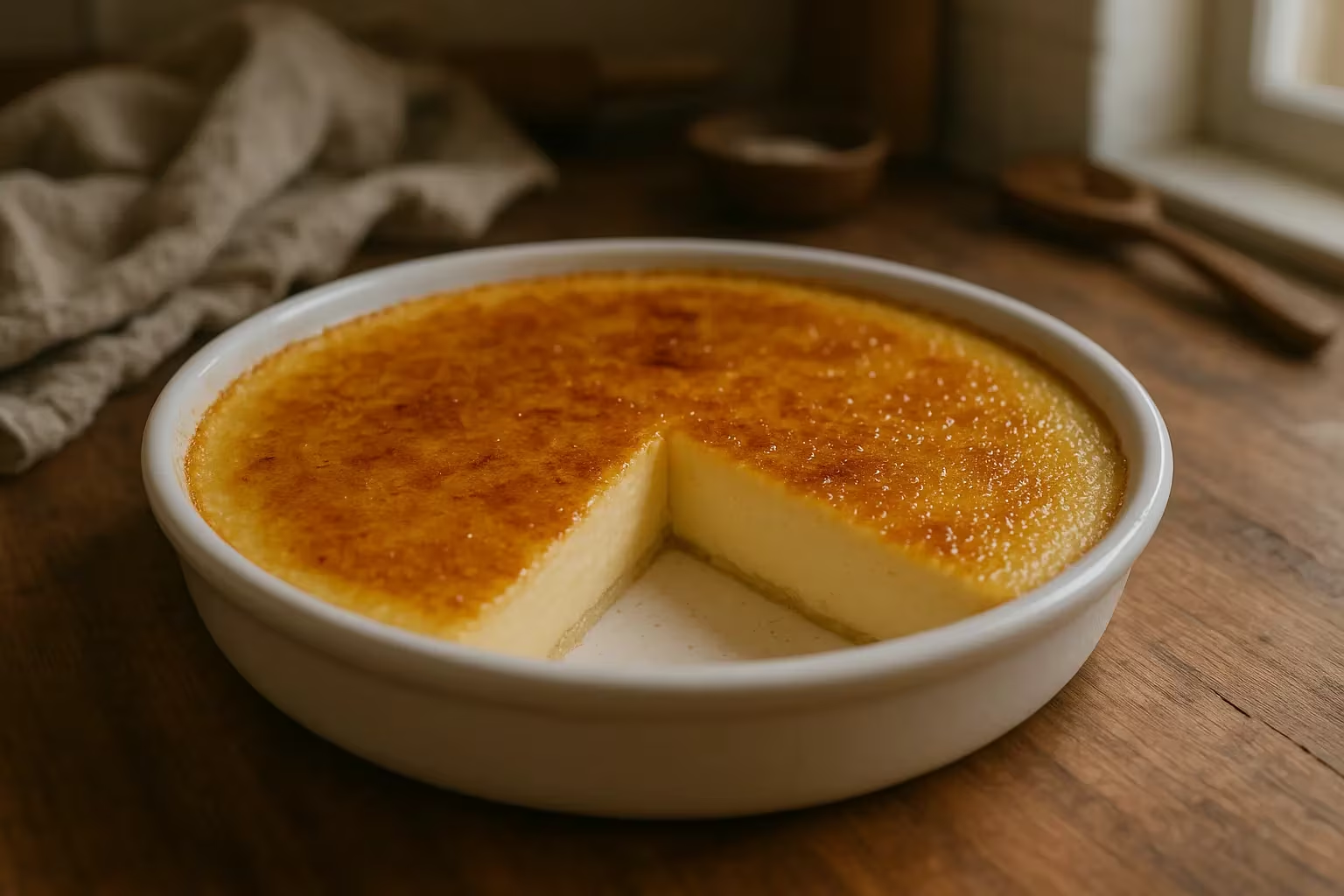

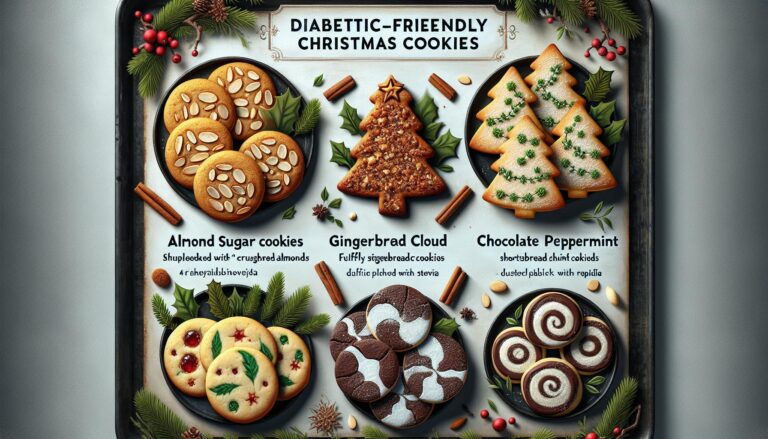
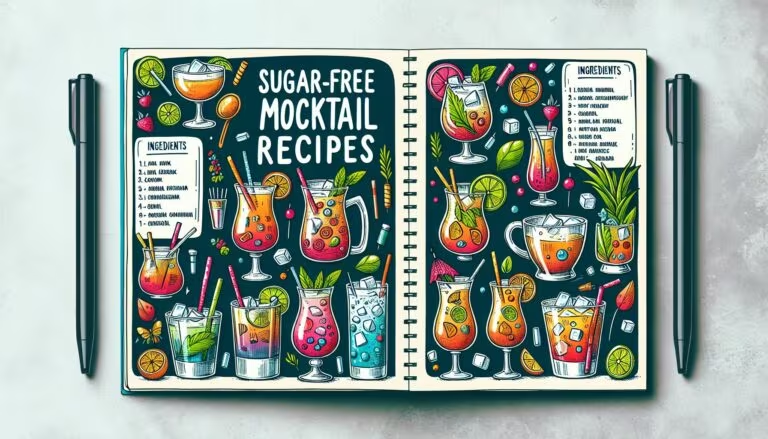
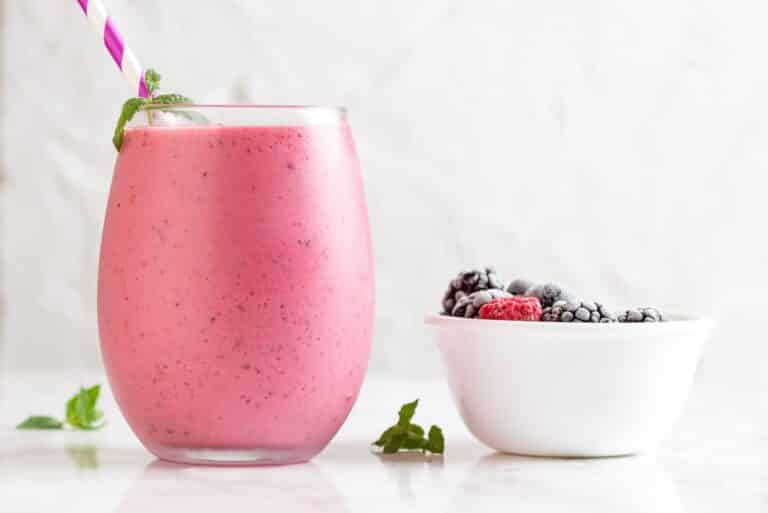
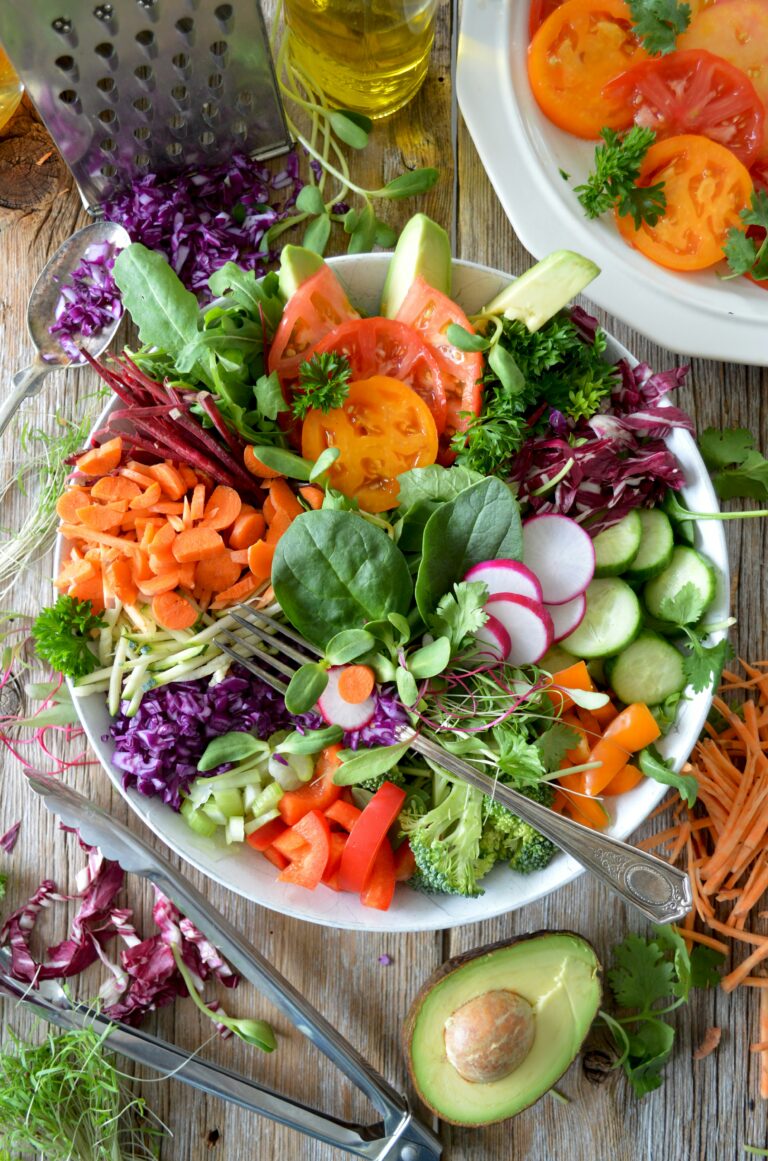
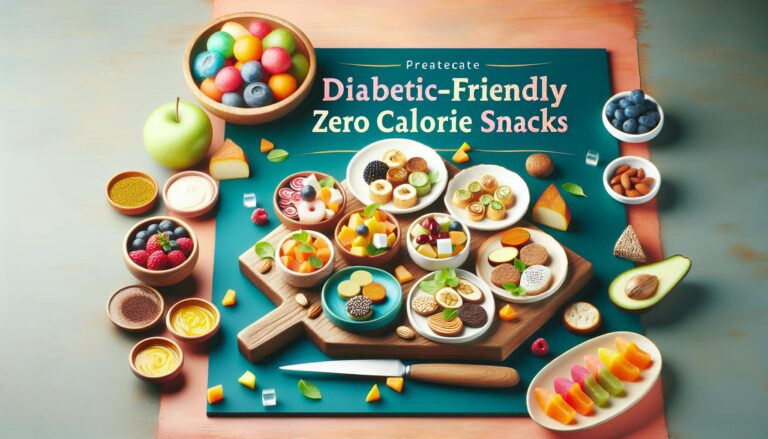
Leave a Reply